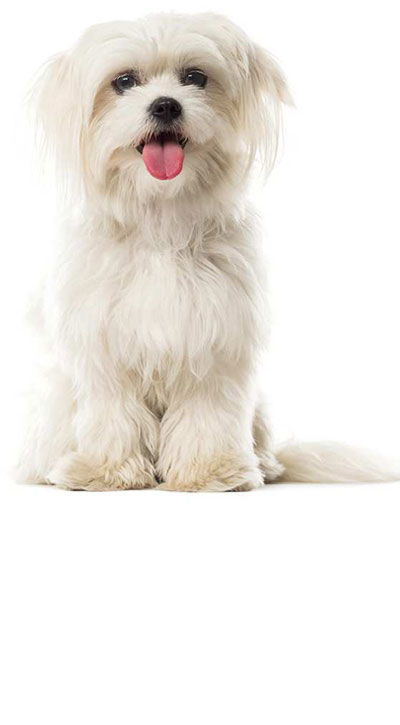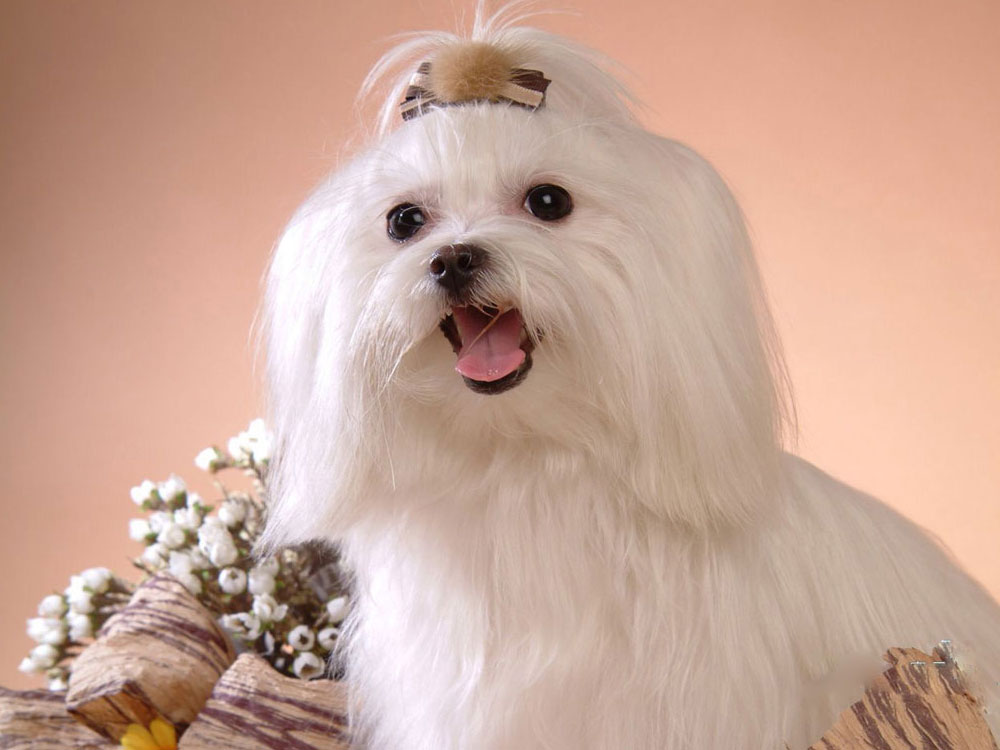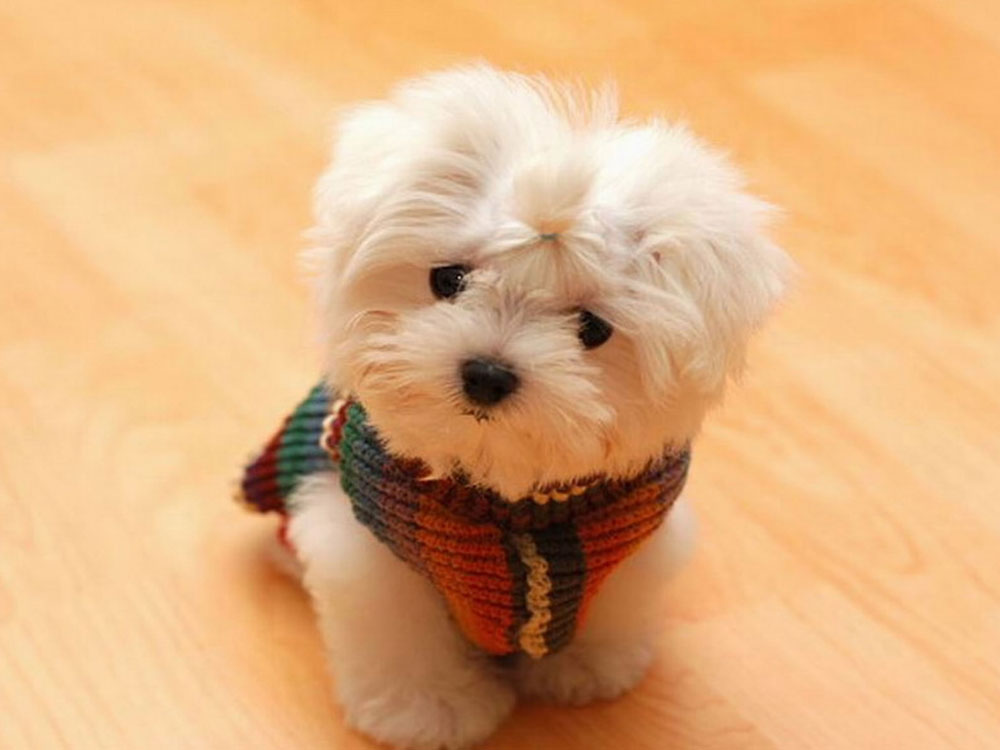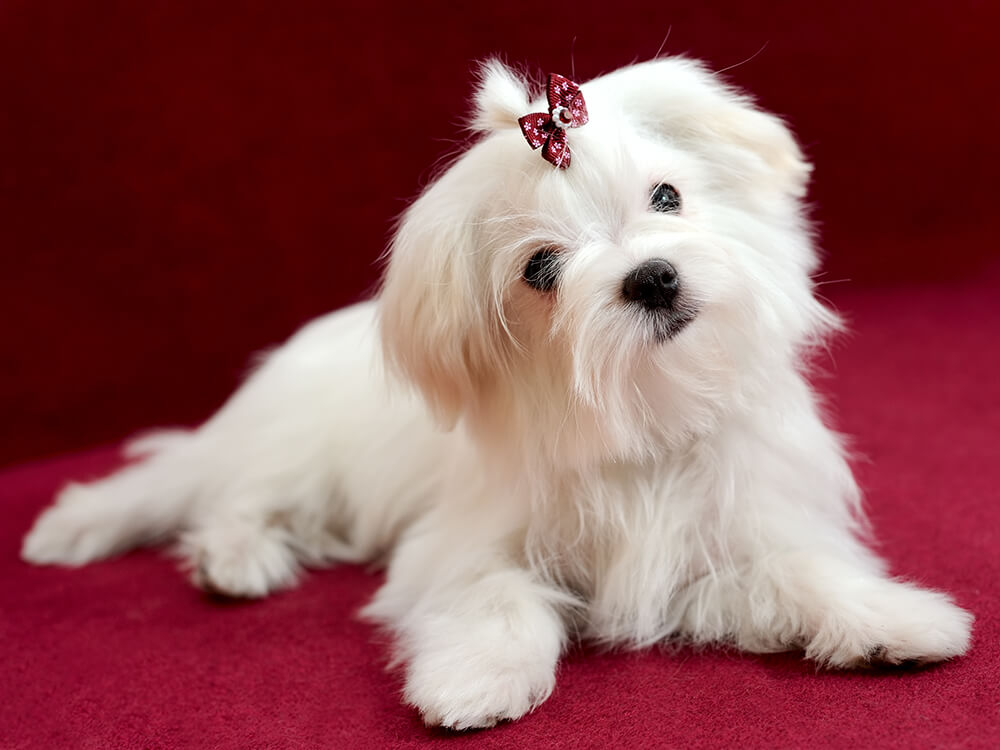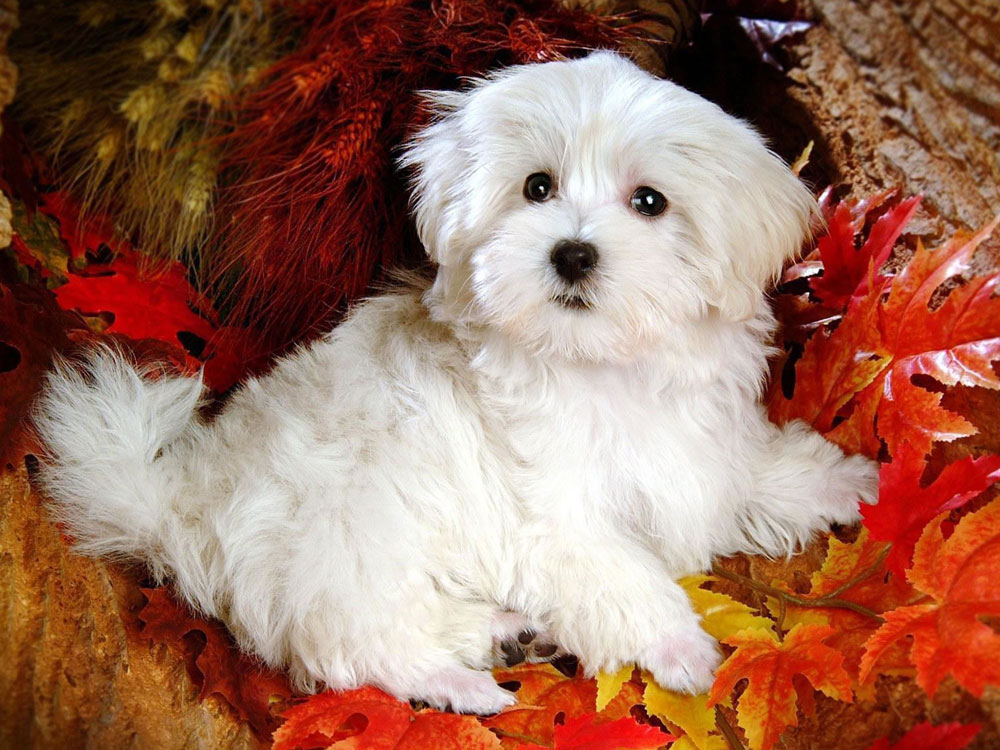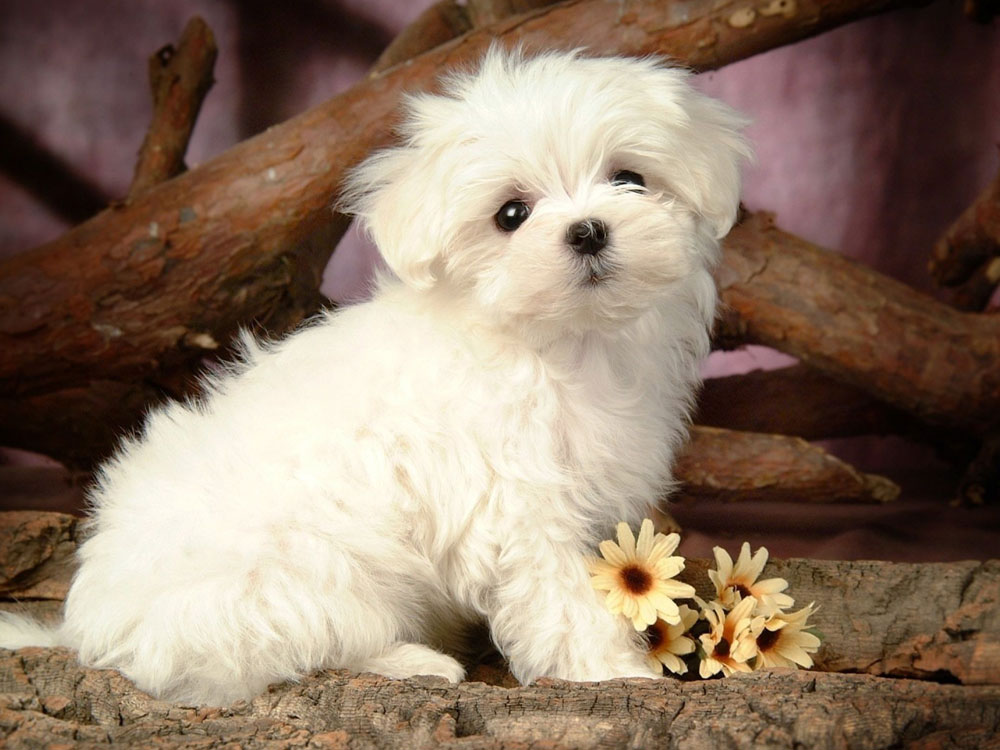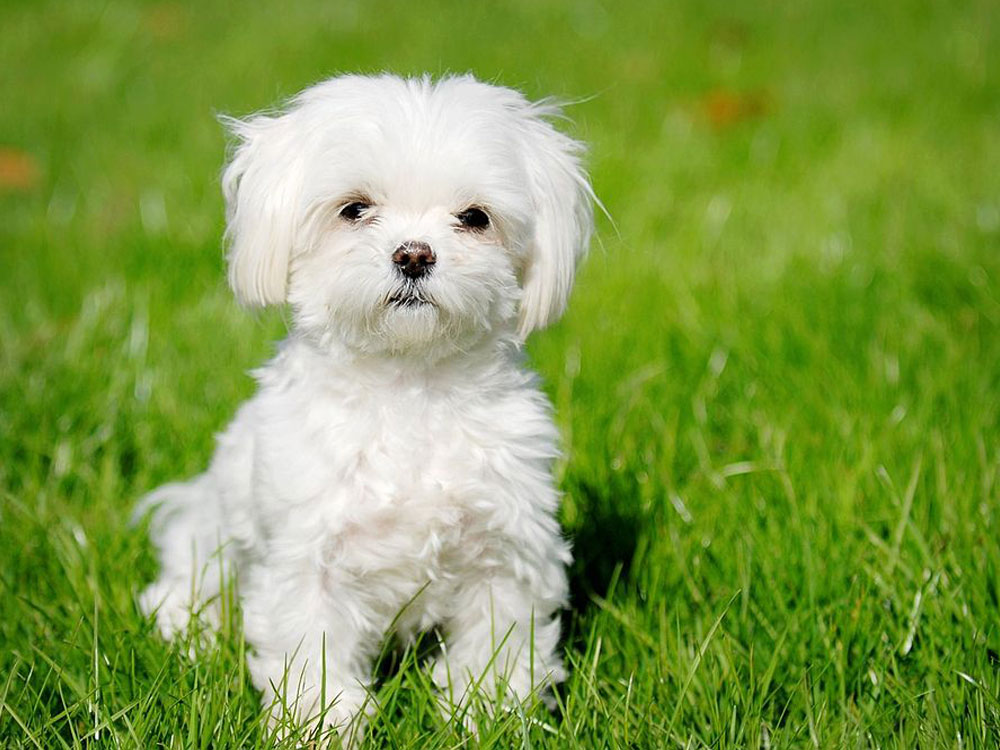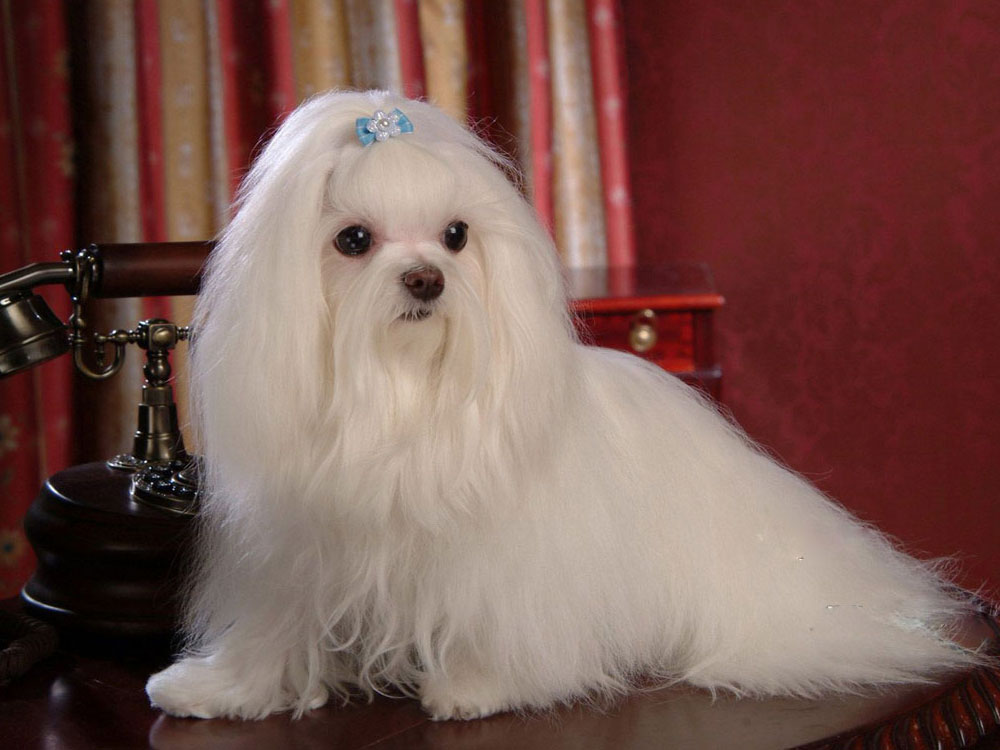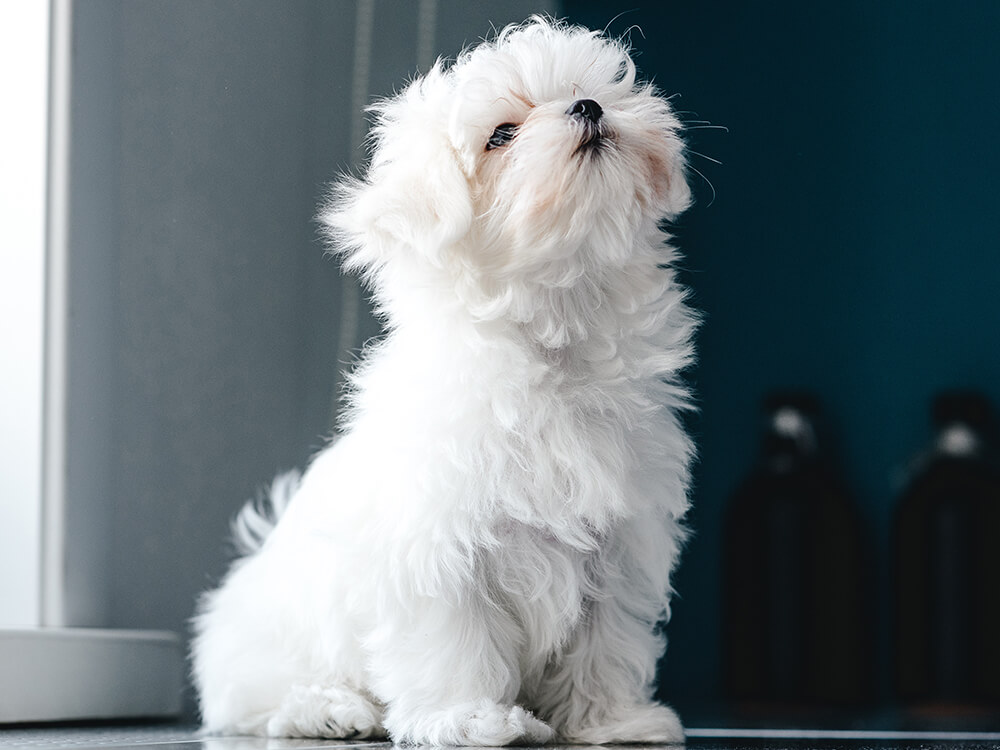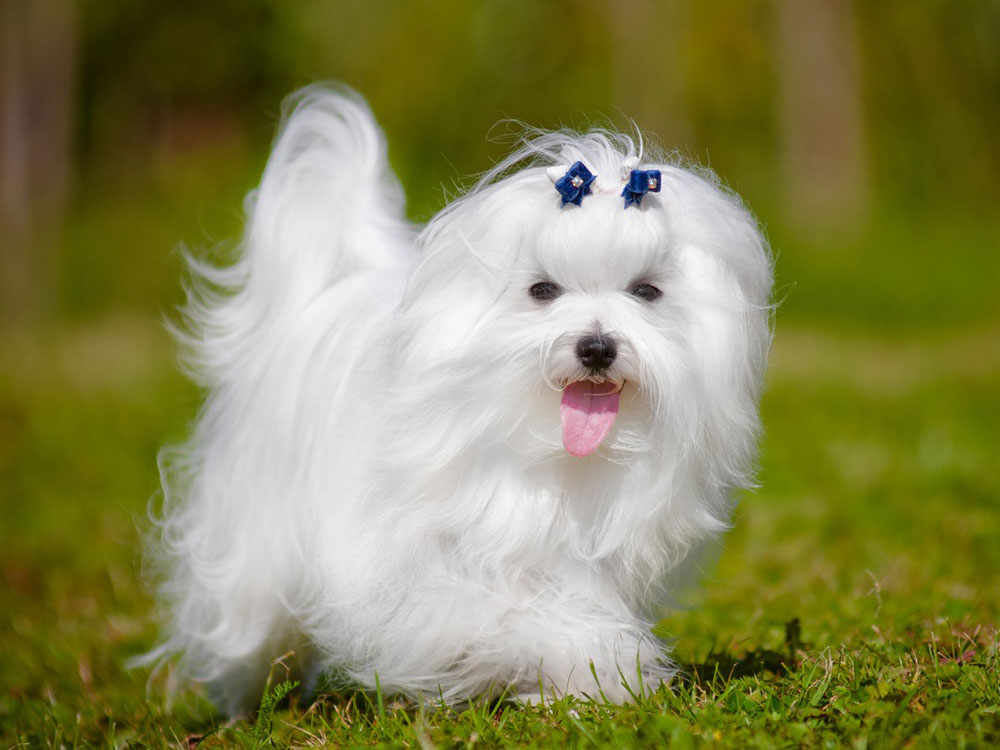
Maltese Breed Pictures
Vital Breed Stats
| Height: | 22 - 25 cm M | 20 - 23 cm F |
| Weight: | 2 - 7 kg M | 2 - 7 kg F |
| Breed Group: | Pastoral Dog Group |
| Life Expectancy: | 13 - 15 years |
| KC Registered: | No |
Breed Characteristics
| Size: |  |
| Grooming: |  |
| Exercise Level: |  |
| Trainability: |  |
| Barking Level: |  |
| Good with Children: |  |
| Good with other pets: |  |
| Affectionate: |  |
| Protective: |  |
| Cost to Keep: |  |
Give a thumbs up if you love the Maltese

0
More About the Breed
History
The Maltese is considered to be one of the ancient dog breeds dating back 8,000 years ago. It is depicted in several works of poets and artists in the pre-Christian time. However, when it comes to its existence, there is quite a debate as to how the little dog then called "Canes Melitei" came to be. Some scholars argue that it came from Melita, a town in Sicily in 25 AD, while Greeks and Romans believed it originated in the Mediterranean Island of Malta.
Maltese dogs were thought to have descended from a Spitz or Spaniel-type dog or a breed that is related to the Tibetan Terrier. Regardless of its bloodlines, this toy dog has found its place in the hearts of French aristocrats. It is in the early 1300s that the Maltese dogs were introduced to England, wherein the noble ladies favoured its diminutive size.
In the mid-1800s, breeders in the UK categorised the Maltese as a Terrier dog because of its fearless and bold nature, also thanks to its excellent ratter skills. Not everyone agreed that it belonged to the Terrier Group so for a time, it was simply referred to as the Maltese Dog, and later categorised as a Toy dog because of its tiny size. The breed is Kennel Club registered.
Appearance
Grooming
The Maltese sports a long and silky coat without an undercoat, and must come in pure white colour only, although the pale ivory colour is permitted on the ears. Its coat does not shed, so it is often referred as hypoallergenic. However, the coat becomes easily dirty, and matts may form, so make sure to gently brush and comb the Maltese on a daily basis. It also needs to be taken to the professional groomers from time to time.
Maltese dogs tend to get tearstains, which are emphasised due to their white coats. Make sure to gently clean the tear stains with a clean and damp cloth. In addition, it is also important to observe other basic care regimens such as regular brushing of teeth, cleaning of ears and trimming of nails. Grooming is also a way to check up on the dog to look out for signs of infection or other skin allergies.
Temperament
The Maltese is a lively and energetic dog that loves nothing more than to be with its family. Despite its tiny size, it is a robust dog that is determined and fearless. It is very vocal, which may pose a problem to neighbours if it is not socialised and trained early to curb its desire to bark. With this said, it is also an excellent watchdog, quick to alert when there are strangers in the area.
The Maltese forms strong bonds with its family with its affectionate nature and eager to please attitude. However, the downside is that it is prone to suffer from separation anxiety when left alone for longer periods of time. Since it is a people-pleaser, it responds well to training. It is quick to learn and will not hesitate to show off tricks to entertain its family. Surprisingly, Maltese dogs also excel in canine sports such as agility, obedience, rally, and tracking trials. They are also popular as supertherapy dogs.
Maltese dogs are better suited to families with older children as they tend to be snappy with toddlers. Nevertheless, interaction must always be well supervised. When it comes to other household pets, the Maltese gets on well with other dogs, but care should be taken when they are around small animals.
Intelligence
Nutrition
- Senior and less active: up to 207 calories daily
- Typical adults: up to 230 calories daily
- Physically active/working dogs: up to 260 calories daily
Feeding
Health
Exercise
Cost of Ownership
When you are looking to buy a Maltese puppy, it is important that you nail down the financial aspect of being a responsible dog owner. This means that you are capable of raising it in a safe and loving environment with all needs provided. Here are a few things to consider budget-wise:
- A Maltese puppy price is around £700 to £1,200 and costs more for a well-bred one.
- Pet insurance will cost £20 to £40 a month, depending on your location, the dog's age and health.
- Food will cost around £30 to £40 a month, despite the Maltese's small size.
- Veterinary care will set you back £800 a year in regular consultations and basic procedures that include initial vaccinations and boosters.
- Dog supplies and equipment will cost around £200 for a one-off purchase.
Is a Maltese Right for You?
- The Maltese is a lively and energetic dog that loves to be with its family.
- It is an excellent watchdog, quick to alert when there are strangers around.
- Its coat does not shed, so it is often referred to as a hypoallergenic.
- It is an active indoor dog that does not require a great deal of outdoor exercise.
- It has a biddable nature, ideal for first-time dog owners.
- It is prone to suffer from separation anxiety.
